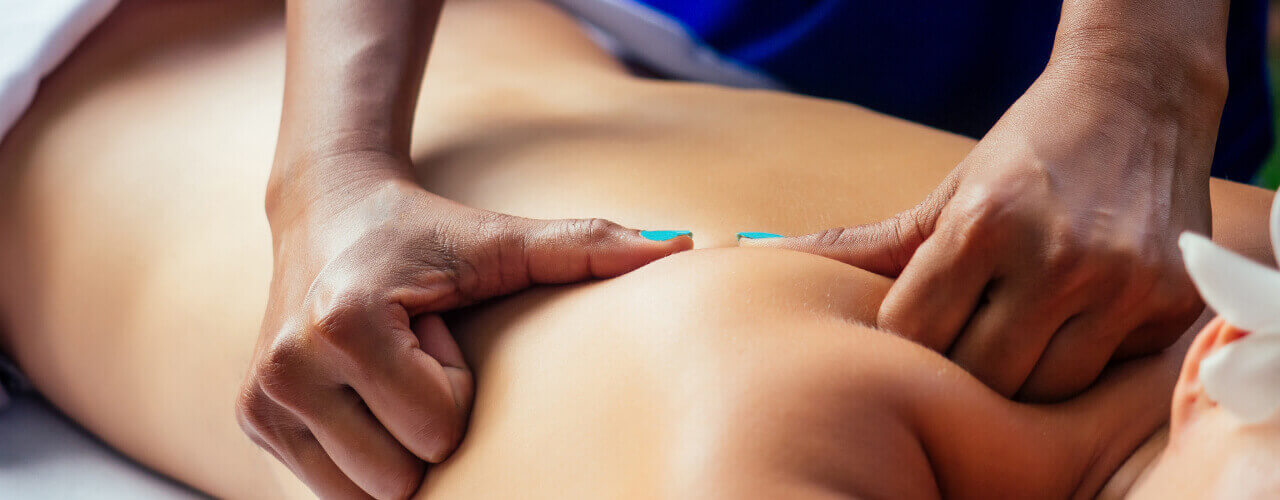Headaches & Migraines
If you suffer from headaches, you are not alone. Between 85-90% of people across Canada endure occasional or frequent tension headaches. Headaches are also the third most commonly reported source of pain across the world! Whether they are acute and temporary or constant and chronic (such as migraines), headaches can all be effectively treated using a variety of different therapies including Physiotherapy, Chiropractic, Massage, Acupuncture, and even proper stretching.
Physiotherapy, Chiropractic, Massage or Acupuncture aren’t normally someone’s first thought when they have a headache – most of the time, the common reaction is to take some form of pain-relieving medication. While this may help to relieve pain in the short-term, it does not treat the cause of your headaches and there are significant side effects to taking NSAIDS for an extended period of time. If you are suffering from constant headaches or migraines, pain-relieving drugs are not the best way to provide you with long-term relief. Call Elite Physiotherapy Clinic, Progressive Sports Medicine, or Total Health Link today to schedule your assessment! We will help you figure out what is causing your headaches and provide an effective, safe, and natural treatment plan for eliminating them!
Types of headaches?
Many people may not know this, but there are actually different types of headaches that all develop from different causes. The four main types of headaches include:
- Migraine headaches. A person who has a migraine will characteristically feel an intense throbbing pain usually on just one side of the head. Around 30% of migraine sufferers also experience an aura which is a heightened sensitivity to light, sound, and smell. Nausea and vomiting are also common. These visual and sensory disturbances typically last between 5 and 60 minutes but can continue until the migraine resolves. Migraines tend to be recurrent, and each attack may last from a few hours to up to 3 days. For many, it is a life-long but treatable condition. Although a migraine can occur in both adults and children, it is three times more likely to develop in females than males. Attack frequency can range from several times a week to once a year. Migraines are caused by abnormal brain activity and blood flow to the brain. This activity can be triggered by many things but the exact chain of events remains unclear. Most medical experts believe the attack begins in the brain and involves nerve pathways and altered neurotransmitters that affect blood flow in the brain and surrounding tissues triggering the pain.
- Tension headaches. The most common form of headaches are known as tension headaches. Tension headaches are caused by muscle tension in the neck and head regions. The pain is often described as a dull, aching pain or as a sensation of a pressure or band around the head. This is usually accompanied by tenderness on your scalp, neck and shoulder muscles. These headaches can occur due to eye strain, desk work, fatigue, repetitive motions, poor posture in the neck/head and by physical exertion.
- Musculoskeletal headaches. Musculoskeletal headaches occur when there are significant amounts of tension in the neck and upper back that affects structures in the neck that in turn cause headaches. Musculoskeletal headaches are typically a result of spasmtic muscles in the neck and upper back, jammed joints or spinal subluxations in the cervical and thoracic spine, upper back strength imbalances, muscle weaknesses, or emotional tensions (such as stress) can also be a contributing factor. A traumatic injury to the neck, such as whiplash, is a common cause of musculoskeletal headaches. With common neck injuries such as whiplash, the muscles and connective tissues in the neck can become torn or strained. This can lead to agonizing pain felt in the head, as well as in the face, shoulders, or neck. These musculoskeletal injuries will directly cause or magnify the next type of headache called cervicogenic or suboccipital.
- Cervicogenic or Suboccipital headaches. These types of headaches have multiple names but all affect the musculoskeletal structures in the neck. Cervicogenic headaches are mainly caused by the top three vertebrae of the neck and by the suboccipital muscle group which attaches the vertebra to the skull. When one or more of the top three vertebrae joints become jammed or stuck, it is called a vertebral subluxation. The resulting joint inflammation causes neck pain, reduced range of motion and irritation to the nerves running to the suboccipital muscles and to the neck, head, and face. The suboccipital muscles spasm causing more pain and irritation to the nerves running to the neck, head, and face. The overall effect is pain traveling from the neck to the face or even eye regions. These headaches can develop as a result of many things that affect the neck and upper back such as a whiplash injury, concussion or arthritis, but work-related strain can also trigger cervicogenic headaches. Professions that require a down-turned motion of the head or neck are the most prone for developing cervicogenic headaches. This may include desk and computer jobs, hairdressers, long-haul drivers, chefs, nail artists, jewelers, etc.
- Cluster Headaches Cluster headaches are the least common type of headache, with men more likely to suffer than women.3 While their true cause is unknown, cluster headaches may be associated with abnormal activation of nerves in the brain. The “cluster” of cluster headaches refers not to the location of the head pain, but rather to the grouping of the attacks in time. This is the main difference between cluster headaches and tension or migraine headaches—cluster headaches regularly recur over a certain period of time. People may have one to three cluster headaches per day for several weeks or months (the “cluster” period). Attacks may then stop altogether, only to return at some later time. Cluster headaches bring the most intense pain of all the headaches, usually described as excruciating, searing or burning. The pain comes on quickly on one side of the head, around and behind the eye, then worsens and may last from 30 minutes to two hours. Other symptoms include eye swelling, tearing and redness and blocked or runny nose only on the side of the head that is affected.
Other Headache Types include Sinus headaches, Withdrawal headaches (caffeine) and Menstrual or Hormonal headaches.
Find relief for your headaches through physiotherapy:
If you are suffering from headaches, contact one of our skilled Burlington chiropractors at our clinic today at Total Health Link. We are dedicated to providing you with the best treatments for your headaches. At your initial appointment, our highly trained Chiropractors, Physiotherapists, Athletic Therapists, Massage Therapists or Acupuncturists will conduct a thorough physical evaluation, ask you questions about your health history and symptoms, determine what type of headache you are experiencing and where the pain is stemming from. A multidisciplinary treatment plan will then be designed specifically for you and your recovery.
At Elite Physiotherapy Clinic, Progressive Sports Medicine, and Total Health Link, our treatments for headaches focus on relieving pain, improving posture and strengthening muscles in the neck and upper back. These will all help in making your daily life much more comfortable and bearable – without the pain of headaches! To schedule your appointment, contact Total Health Link, Elite Physiotherapy Clinic, Progressive Sports Medicine today at Burlington, ON to speak to one of our physiotherapists.




